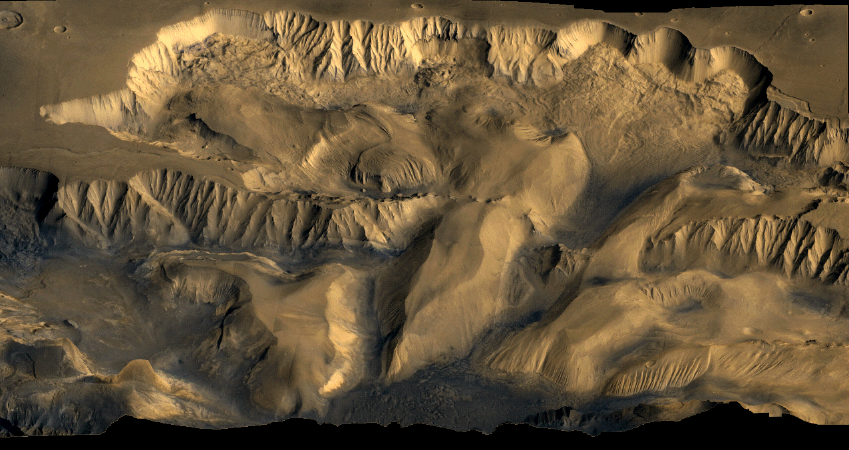Viking Project
NASA's Viking Project found a place in history when it became the first U.S. mission to land a spacecraft safely on the surface of Mars and return images of the surface.
Type
Landing
Viking 2 Sept. 3, 1976
Destination
Objective
NASA's Viking Project found a place in history when it became the first U.S. mission to land a spacecraft safely on the surface of Mars and return images of the surface. Two identical spacecraft, each consisting of a lander and an orbiter, were built. Each orbiter-lander pair flew together and entered Mars orbit; the landers then separated and descended to the planet's surface.
Viking 1
The first spacecraft to successfully land on Mars, Viking 1 was part of a two-part mission to investigate the Red Planet and search for signs of life. Viking 1 consisted of both an orbiter and a lander designed to take high-resolution images and study the Martian surface and atmosphere.
Operating on Mars' Chryse Planitia (22.27° N, 312.05° E, planetocentric) for more than six years, Viking 1 performed the first Martian soil sample using its robotic arm and a special biological laboratory. While it found no traces of life, Viking 1 did help better characterize Mars as a cold planet with volcanic soil, a thin, dry carbon dioxide atmosphere, and striking evidence for ancient river beds and vast flooding.
The Viking mission was planned to continue for 90 days after landing. Each orbiter and lander operated far beyond its design lifetime. Viking Orbiter 1 continued for four years and 1,489 orbits of Mars, concluding its mission Aug. 7, 1980. Because of the variations in available sunlight, both landers were powered by radioisotope thermoelectric generators – devices that create electricity from heat given off by the natural decay of plutonium. That power source allowed long-term science investigations that otherwise would not have been possible. Viking Lander 1 made its final transmission to Earth on Nov. 11, 1982.
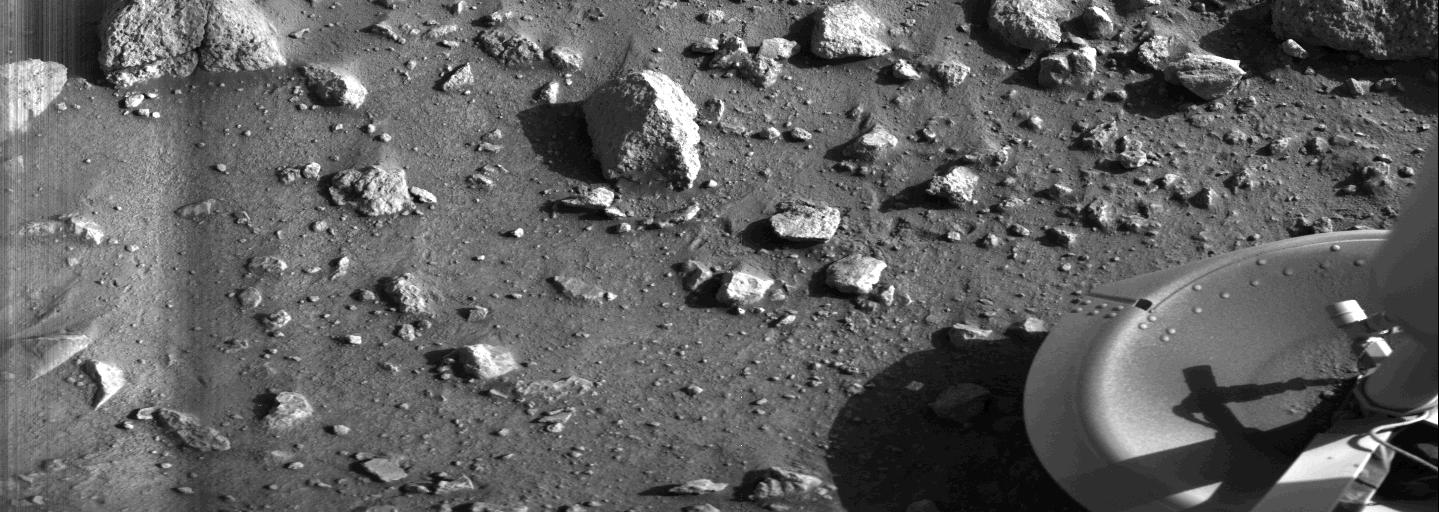
Viking 1 Lander & Orbiter Quick Facts
Launch Date: Aug. 20, 1975
Launch Vehicle: Titan IIIE-Centaur
Launch Site: Cape Canaveral, Florida, United States
Mass: 883 kilograms
Nominal Power: 620 Watts
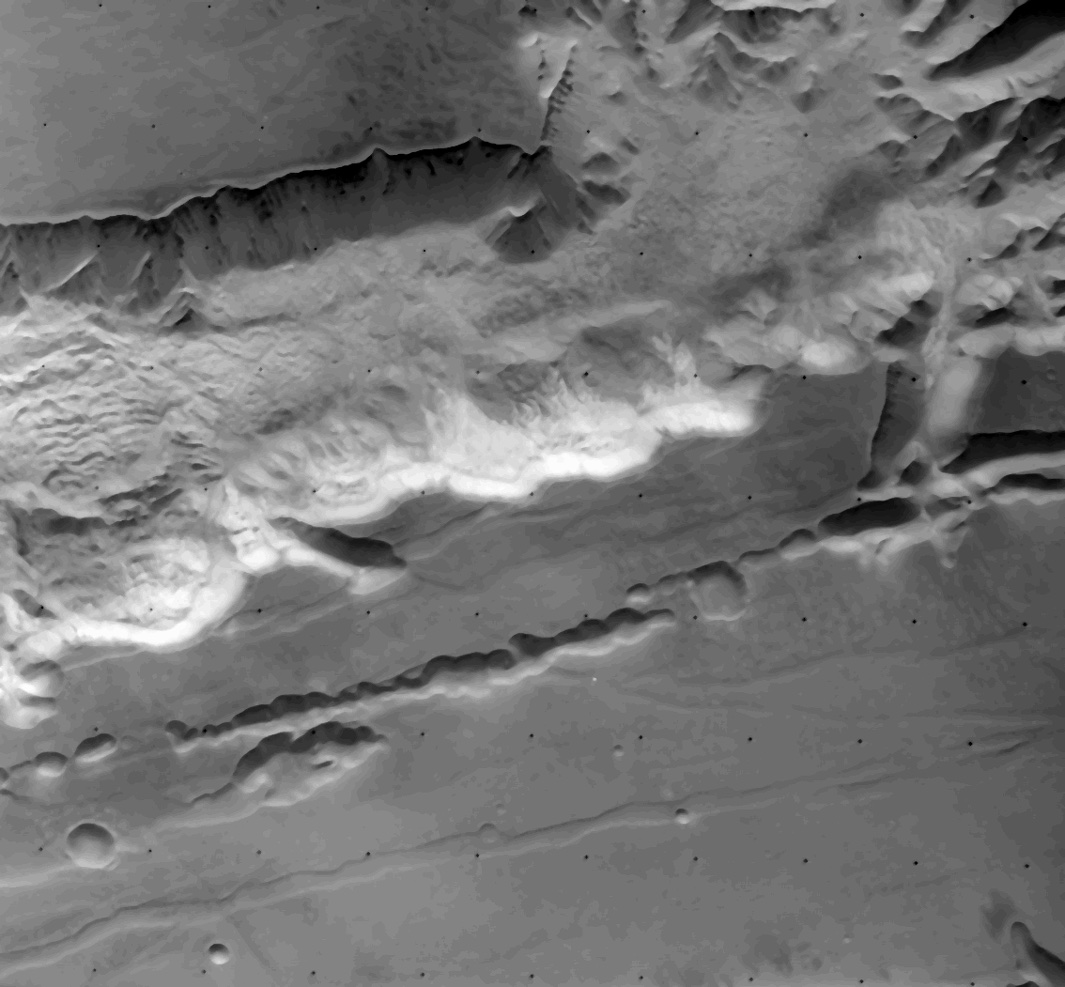
Viking 1 Orbiter Quick Facts
Orbit Insertion: June 19, 1976
Orbiter End of Mission: Aug. 17, 1980
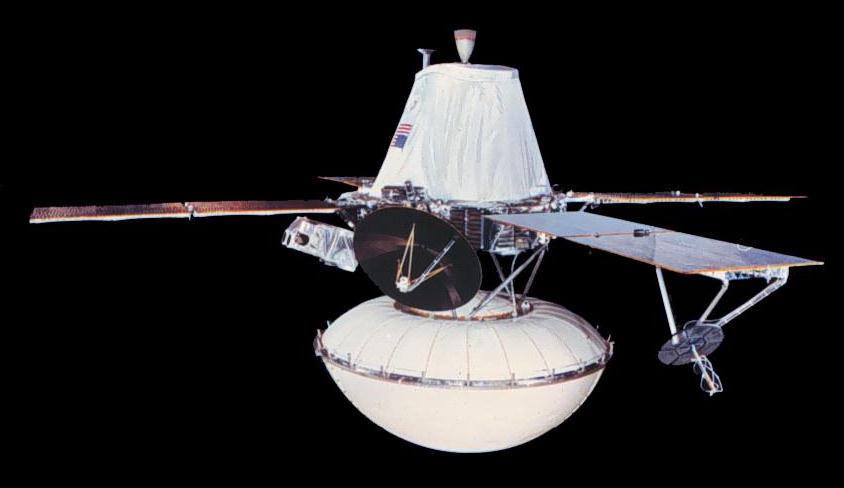
Viking 1 Lander Quick Facts
Landing: July 20, 1976
Landing Site: Chryse Planitia ("Golden Plain")
Lander End of Mission: November 13, 1982
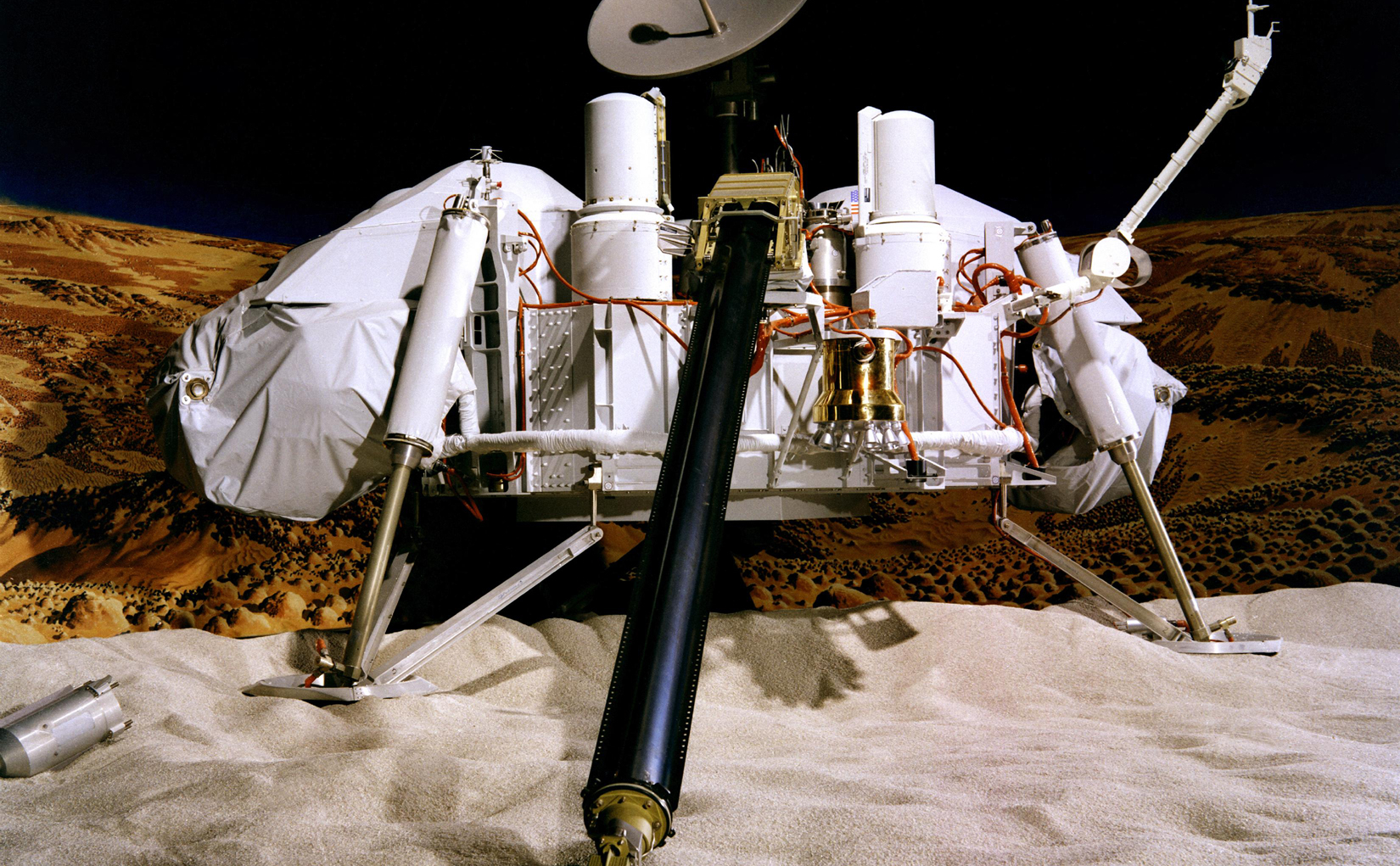

Viking 2
Viking 2 landed on Mars at Utopia Planitia (47.64° N, 134.29° E, planetocentric) on Sept. 3, 1976 -- immediately following the first successful spacecraft landing on Mars by Viking 1 -- and was part of NASA's early two-part mission to investigate the Red Planet and search for signs of life. While neither spacecraft found traces of life, they did find all the elements essential to life on Earth: carbon, nitrogen, hydrogen, oxygen, and phosphorus.
Like its predecessor, the Viking 2 mission consisted of a lander and an orbiter designed to take high-resolution images and study the Martian surface and atmosphere. The Viking Orbiter 2 functioned until July 25, 1978. The last data from Viking Lander 2 arrived at Earth on April 11, 1980.
Viking 2 Lander & Orbiter Quick Facts
Launch: Sept. 9, 1975 UTC
Launch Vehicle: Titan IIIE-Centaur
Launch Site: Cape Canaveral, Florida, United States
Mass: 883 kilograms
Nominal Power: 620 Watts
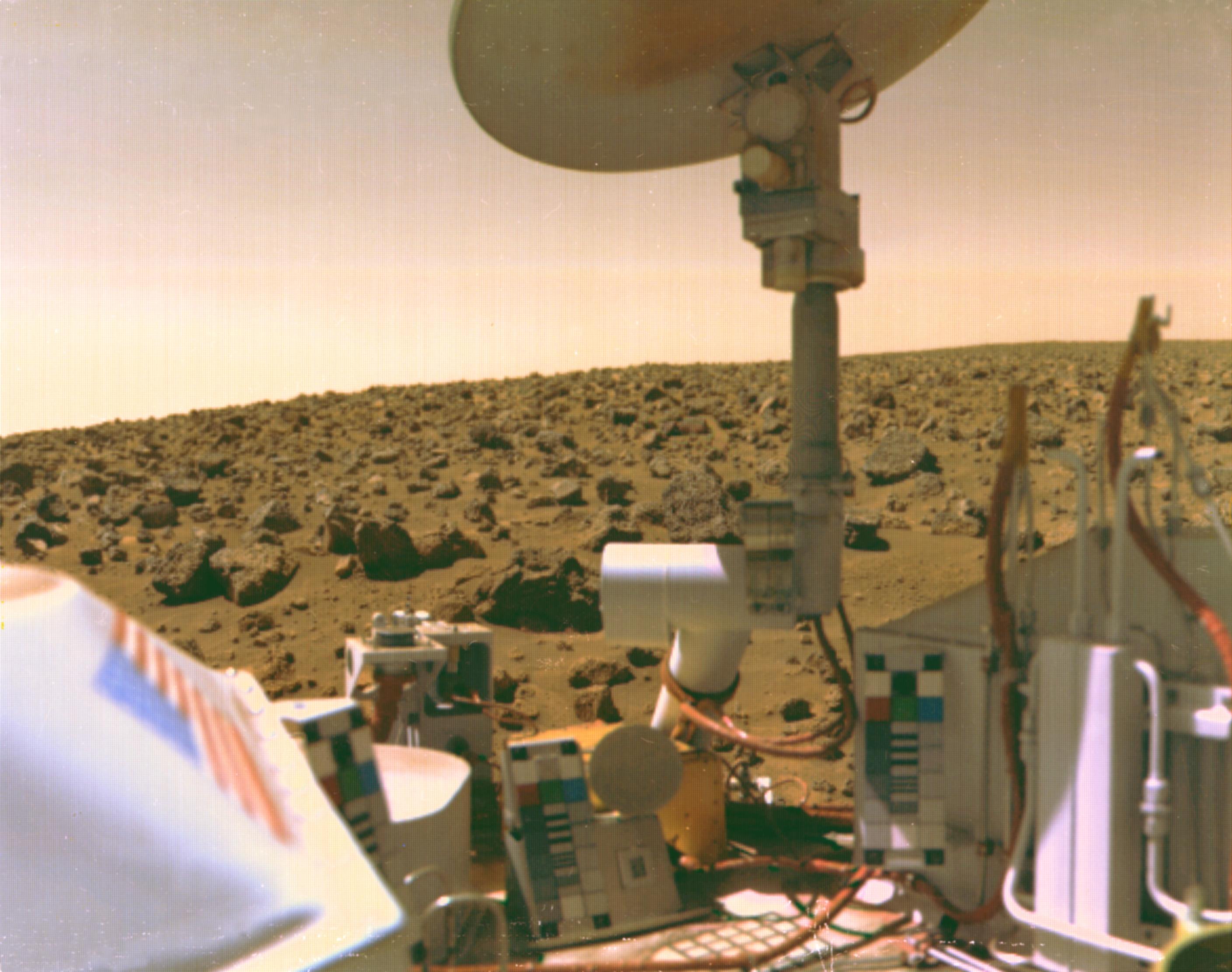
Viking 2 Orbiter Quick Facts
Orbit Insertion: Aug. 7, 1976
Orbiter End of Mission: July 25, 1978
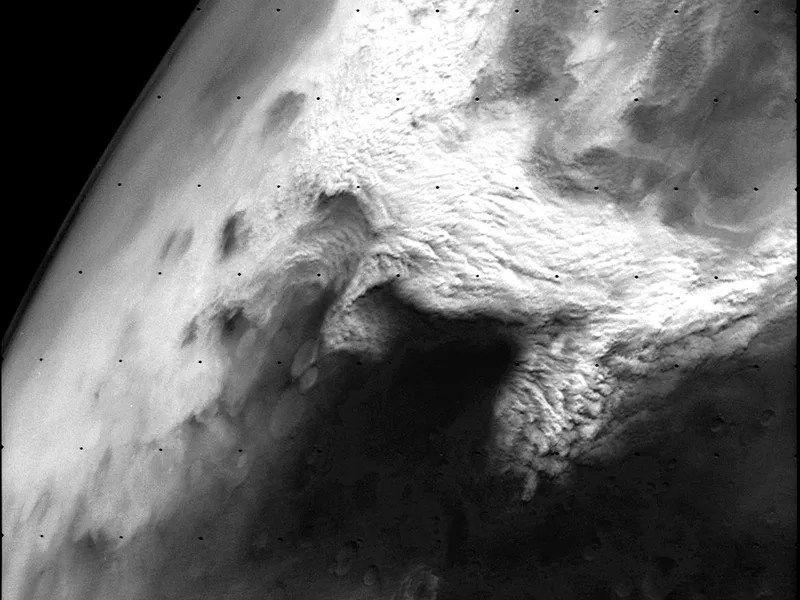
Viking 2 Lander Quick Facts
Landing: Sept. 3, 1976
Landing Site: Utopia Planitia, Mars
Lander End of Mission: April 11, 1980
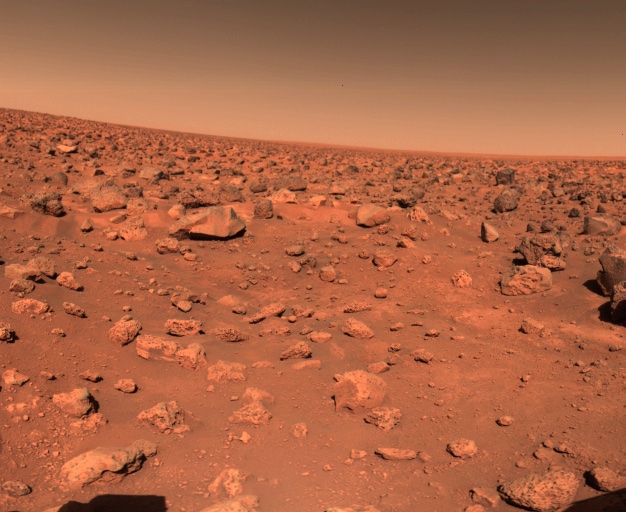
Science
Besides taking photographs and collecting other science data on the Martian surface, the two Viking landers conducted three biology experiments designed to look for possible signs of life. These experiments discovered unexpected and enigmatic chemical activity in the Martian soil, but provided no clear evidence for the presence of living microorganisms in soil near the landing sites.
Learn More